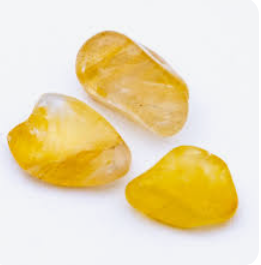IUPAC Name
(4aR)-1,4a-dimethyl-7-propan-2-yl-2,3,4,4b,5,6,10,10a-octahydrophenanthrene-1-carboxylic acid
Cas Number
8050-09-7
HS Code
3806.10.00
Formula
C20H30O2
Appearance
Pale Yellow Cristal
Common Names
Gum Rosin Grade WW
Packaging
80 DRUM (240 kg) TOTAL N.W 19200 kg
Gum Rosin Grade WW is a resinous substance derived from the oleoresin of pine trees, predominantly sourced from species like slash pine (Pinus elliottii) and longleaf pine (Pinus palustris). The resin is obtained through a process called tapping, where living pine trees are strategically wounded to allow the exudation of resin. This grade of gum rosin is characterized by its exceptional clarity, presenting as water-white or pale in color.
Gum Rosin is produced from the crude pine resin collected from pine trees. The resin is subjected to distillation and the distillation process is carried out in large copper stills. The volatile liquid terpene components would separate from the mixture as it vaporizes at a temperature between 100 to 160°C, leaving behind fluid rosin as the distillate. This fluid rosin is collected and purified by passing it through straining wadding. The condensate left behind is called turpentine oil.
Gum Rosin Grade WW is a resinous substance derived from the oleoresin of pine trees, predominantly sourced from species like slash pine (Pinus elliottii) and longleaf pine (Pinus palustris). The resin is obtained through a process called tapping, where living pine trees are strategically wounded to allow the exudation of resin. This grade of gum rosin is characterized by its exceptional clarity, presenting as water-white or pale in color.
Gum Rosin is produced from the crude pine resin collected from pine trees. The resin is subjected to distillation and the distillation process is carried out in large copper stills. The volatile liquid terpene components would separate from the mixture as it vaporizes at a temperature between 100 to 160°C, leaving behind fluid rosin as the distillate. This fluid rosin is collected and purified by passing it through straining wadding. The condensate left behind is called turpentine oil.
